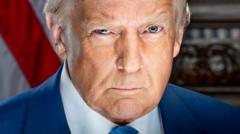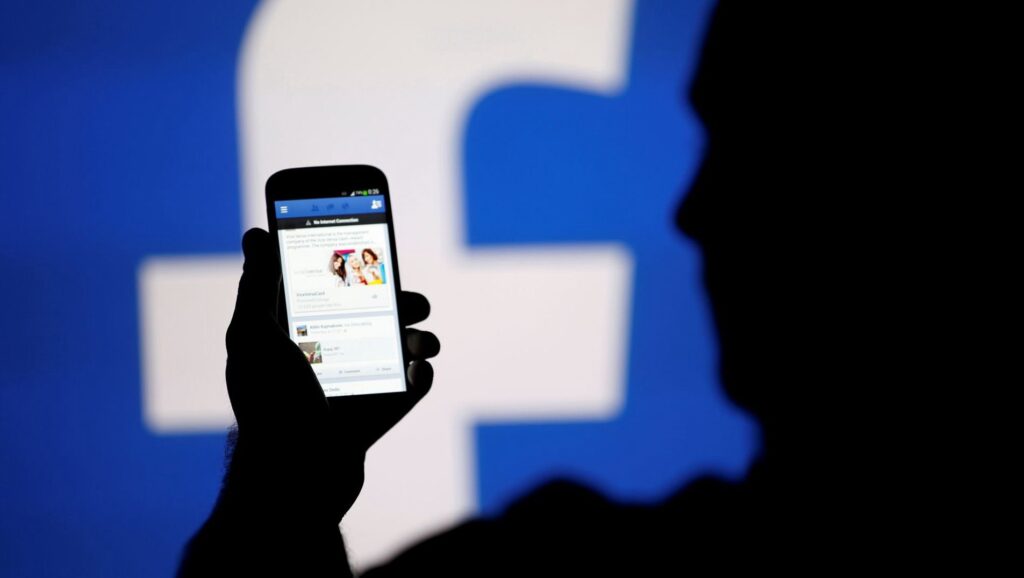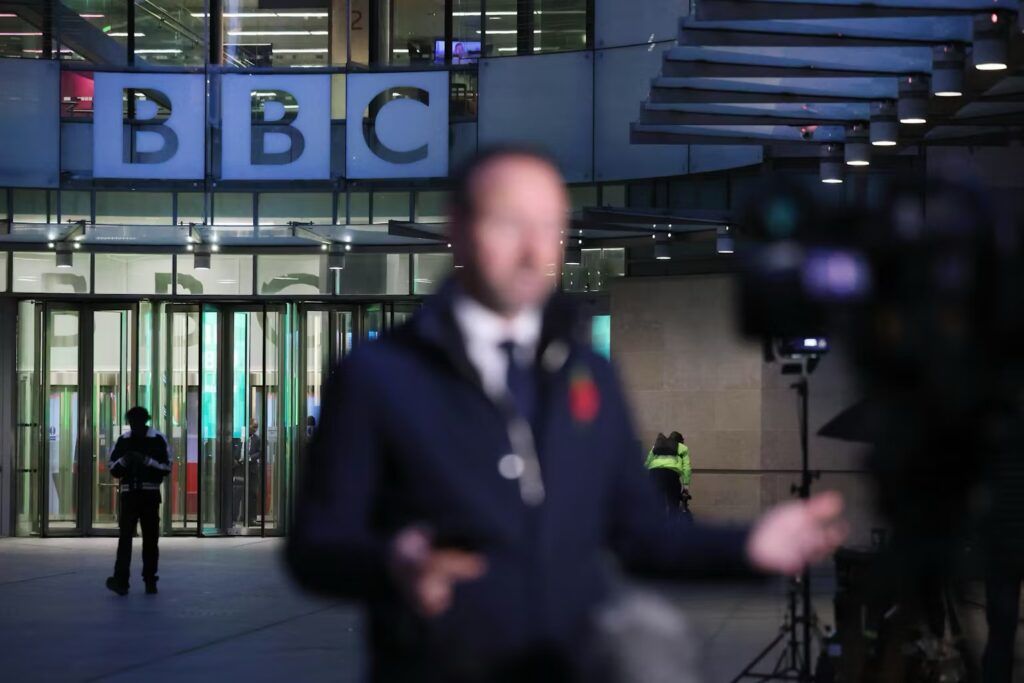Donald Trump's latest official portrait has sparked considerable discussion, with many describing it as serious, ominous, and conveying a distinct "message picture" vibe. Photographed by his chief photographer, Daniel Torok, the image features the president-elect with a stern expression and a raised eyebrow, setting a striking tone.
Eric Draper, a former White House photographer known for his work with George W. Bush, remarked that the official presidential portrait is among the most observed images of any president in history. Upon viewing Trump's latest portrayal, Draper noted its heavy manipulation through dramatic studio lighting and retouching techniques. He highlighted the use of "monster" lighting—where the light source is positioned underneath—which gives the photograph an unsettling yet intriguing appearance.
Eliska Sky, a portrait photographer, likened the lighting style to horror film aesthetics, suggesting that it portrays Trump with a seriousness reminiscent of a boxer preparing for a fight. Paul Duerinckx, a senior lecturer in documentary photography, agreed that flipping the standard lighting direction creates a profound effect on viewers, contributing to the image's intimidating nature.
Social media reactions have also pointed out striking similarities between this portrait and Trump's mug shot taken after his legal troubles in Georgia, which many have noted as becoming an integral part of American pop culture. Jared Polin, a photography YouTuber, stated that this mug shot served as a source of inspiration for Torok when crafting the new official portrait, echoing the sentiments of its overwhelming public interest.
Mr. Draper contrasted the new image with Trump's 2017 official portrait, recalling his experiences curating selections with the Bushes to create a warm and inviting representation of the former president. In comparison, Andrew Parsons, a seasoned political photographer, called the latest portrait a clear "message picture," indicating a deliberate choice to convey a serious and unyielding persona.
In a world where political imagery holds immense sway, Parsons emphasized the critical nature of photographs like Trump's, suggesting they can significantly influence political campaigns and perceptions, underscoring the weight that lies behind such a portrait.





















